Ever wondered if that light-colored espresso shot packs a bigger punch than its darker counterparts? Welcome to the intriguing world of blonde espresso. In this article about “is blonde espresso stronger“, we’ll dive deep into what blonde espresso is and whether it’s stronger in terms of caffeine content.
Spoiler alert: The answer might surprise you! Whether you’re a coffee connoisseur or just curious about your next Starbucks order, understanding the nuances of blonde espresso can elevate your coffee experience.
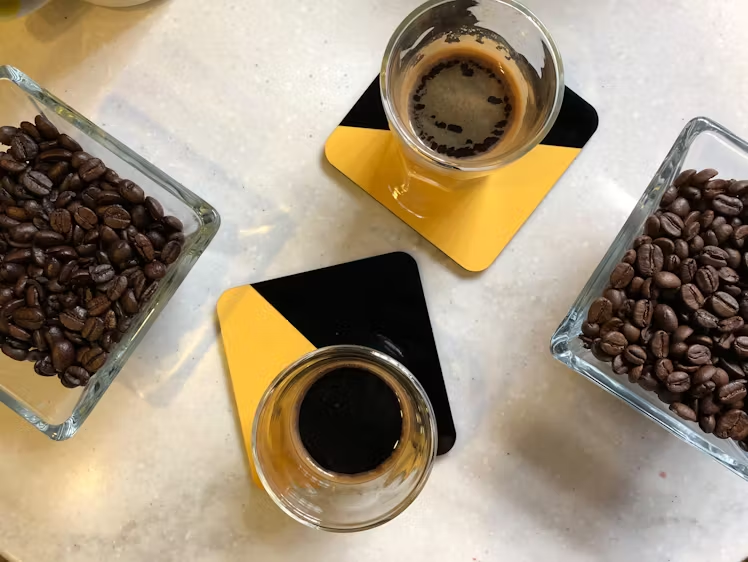
What is Blonde Espresso?
Blonde espresso, often a topic of curiosity, is a type of espresso made from lightly roasted coffee beans. These beans are roasted to a shorter duration than traditional dark-roasted beans, resulting in a lighter color and a unique flavor profile. So, what is a blonde espresso exactly? It’s characterized by its smooth, mellow taste with subtle citrus and floral notes, a stark contrast to the bold and robust flavors of regular espresso.
The process of making blonde espresso involves selecting high-quality coffee beans, typically from Latin America and East Africa, known for their bright and acidic profiles. These beans are roasted at a lower temperature and for a shorter time, which preserves their inherent flavors and prevents the development of the bitter, smoky notes found in darker roasts.
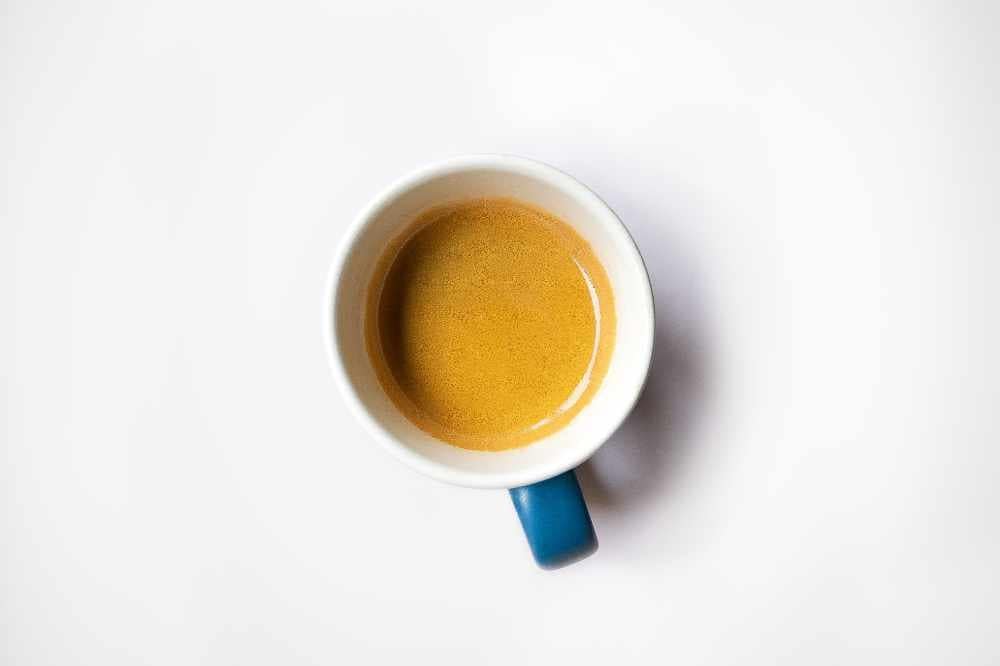
One of the key differences between blonde espresso and regular espresso is the roast level. While regular espresso is made with dark-roasted beans that deliver a strong, intense flavor, blonde espresso offers a lighter, more nuanced experience. This difference in roast level also affects the caffeine content, which we’ll explore further in this article.
Caffeine Content in Blonde Espresso
When it comes to caffeine content, many people assume that a darker roast means a stronger coffee. However, this isn’t always the case. In fact, blonde espresso often has a higher caffeine content compared to its darker counterparts.
The reason behind this lies in the roasting process. During roasting, coffee beans lose some of their caffeine content. Since blonde espresso beans are roasted for a shorter time, they retain more of their original caffeine. So, if you’re looking for a coffee that provides a stronger caffeine kick, blonde espresso might be the way to go.
To put things into perspective, a shot of blonde espresso generally contains about 85 milligrams of caffeine, while a shot of regular espresso contains around 75 milligrams. While this difference might seem small, it can add up if you’re someone who consumes multiple shots throughout the day.
But how does blonde espresso stack up against other types of coffee? Here’s a quick comparison:
- Blonde Espresso: ~85 mg of caffeine per shot
- Regular Espresso: ~75 mg of caffeine per shot
- Drip Coffee: ~95 mg of caffeine per 8 oz cup
- Blonde Roast Coffee: ~150 mg of caffeine per 12 oz cup
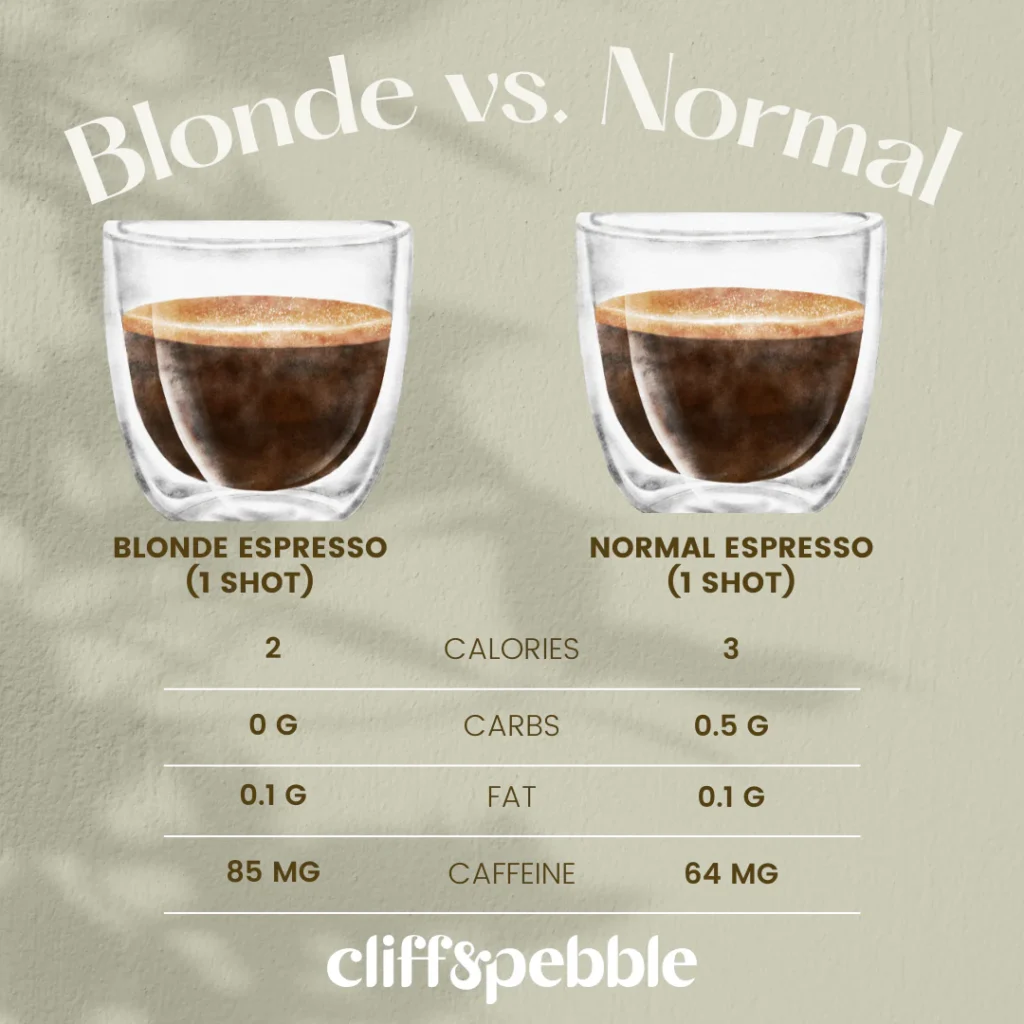
As you can see, while blonde espresso has more caffeine than regular espresso, it’s still less than a standard cup of drip coffee. However, the concentrated nature of espresso means you’re getting a quick, potent dose of caffeine in a small volume.
Factors Affecting Caffeine Levels
When it comes to understanding caffeine content in your coffee, several factors come into play. Here are the key elements that influence how much caffeine ends up in your cup:
Bean Type: Different coffee beans have varying levels of caffeine. There are two main types of coffee beans: Arabica and Robusta.
- Arabica Beans: These beans are known for their smooth, complex flavors and lower caffeine content. Most specialty coffees, including blonde espresso, use Arabica beans.
- Robusta Beans: These beans have a stronger, more bitter flavor and higher caffeine content. They are often used in cheaper coffee blends and instant coffee.
Roast Level: The roast level of coffee beans significantly impacts their caffeine content. The common belief that darker roasts have more caffeine is a myth. In reality, the longer beans are roasted, the more caffeine is burned off.
- Light Roast (Blonde Espresso): Retains more caffeine due to shorter roasting times.
- Medium to Dark Roast: Loses more caffeine during the roasting process.
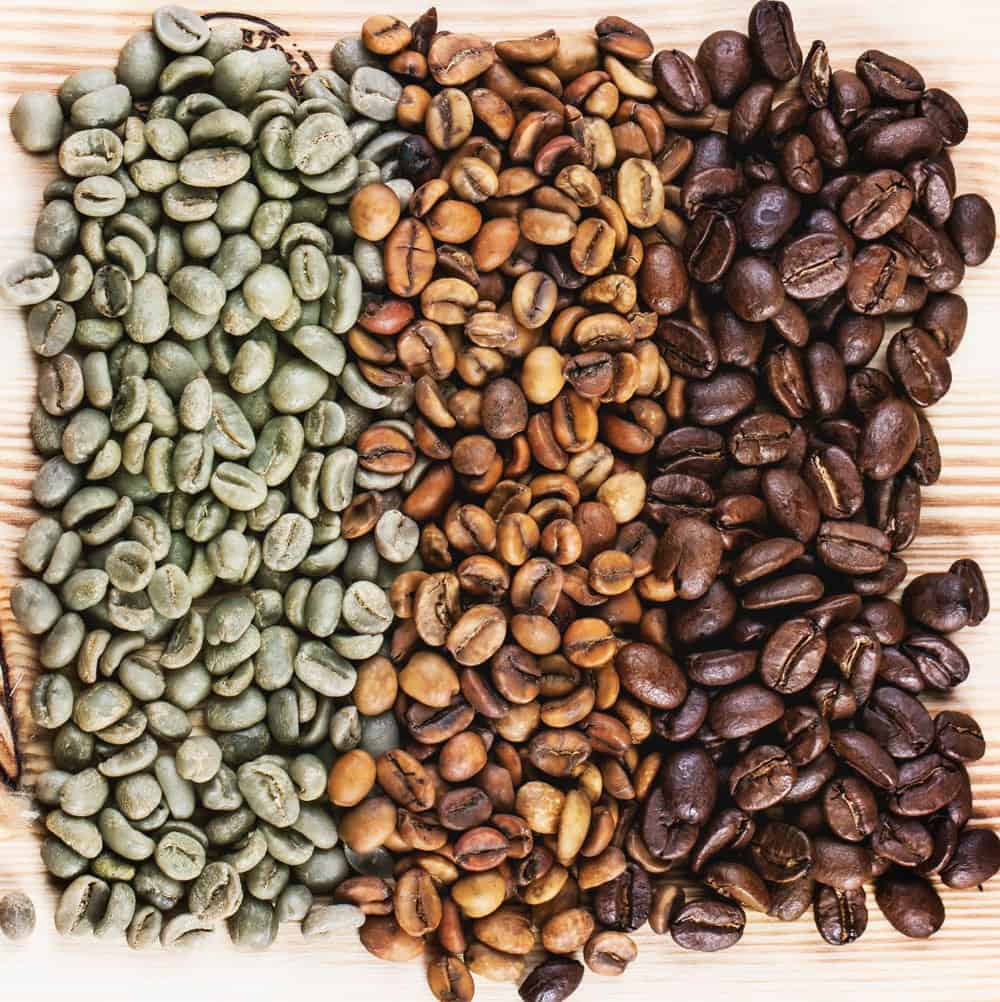
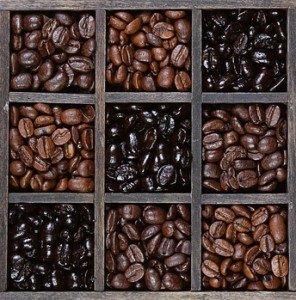
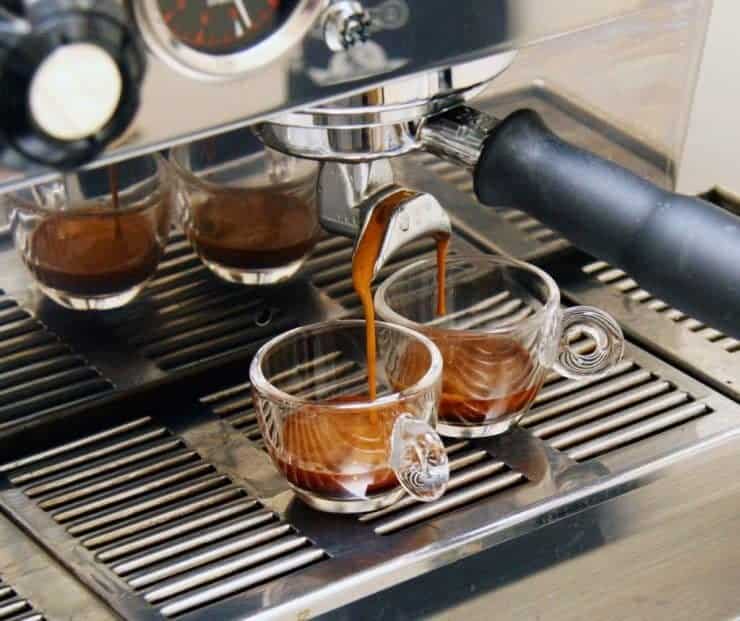
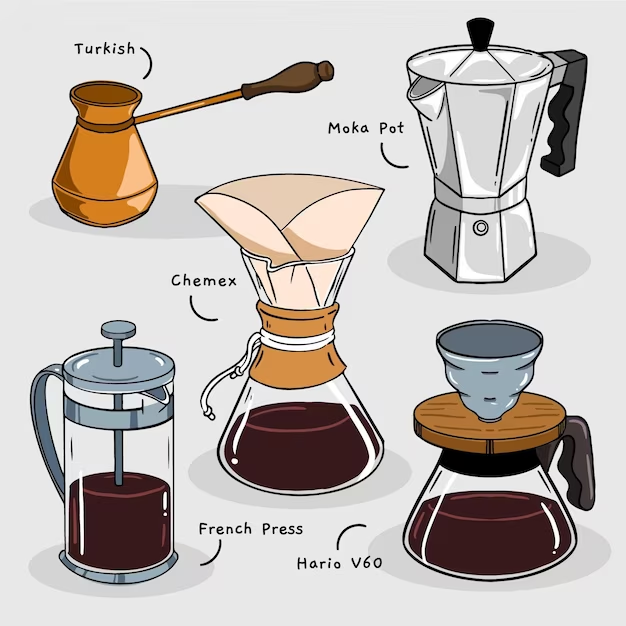
Brewing Methods: The method used to brew coffee also affects its caffeine content. The extraction process and the amount of coffee used play crucial roles.
- Espresso: Made by forcing hot water through finely-ground coffee under high pressure. It results in a small, concentrated shot with a high caffeine content per ounce.
- Drip Coffee: Involves pouring hot water over ground coffee in a filter. This method generally uses more coffee and water, resulting in a higher total caffeine content per cup.
- Cold Brew: Made by steeping coarsely ground coffee in cold water for an extended period (usually 12-24 hours). This method extracts more caffeine, producing a highly caffeinated beverage.
Serving Size: The size of your coffee drink also determines how much caffeine you’re consuming. A larger drink typically contains more shots of espresso or more brewed coffee, increasing the overall caffeine content.
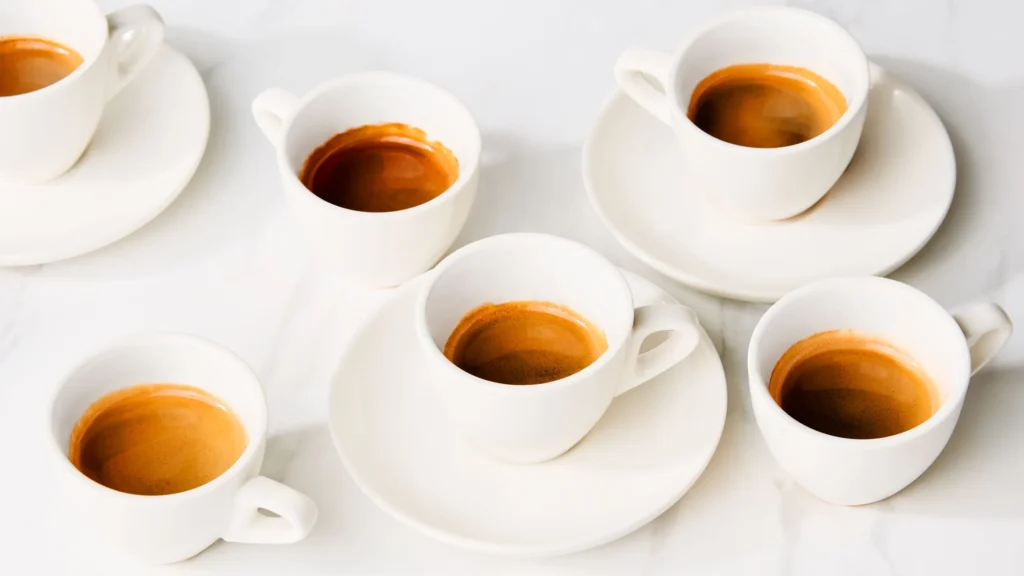
Comparing Blonde Espresso with Other Coffees
When choosing your coffee, understanding the differences between various types can help you select the perfect brew for your taste and caffeine needs. Here, we’ll compare blonde espresso with other popular coffee types, focusing on caffeine levels and flavor profiles.
Blonde Espresso vs. Regular Espresso
Caffeine Levels:
- Blonde Espresso: As mentioned earlier, a shot of blonde espresso typically contains around 85 milligrams of caffeine. This is slightly higher than regular espresso due to the shorter roasting time, which retains more caffeine in the beans.
- Regular Espresso: A standard shot of regular espresso contains about 75 milligrams of caffeine. The longer roasting process reduces the caffeine content slightly compared to blonde espresso.
Flavor Profiles:
- Blonde Espresso: Known for its smooth, mellow taste with bright citrus and floral notes. It offers a lighter, more nuanced flavor that appeals to those who prefer a less intense coffee experience.
- Regular Espresso: Characterized by a bold, robust flavor with deep, smoky, and sometimes chocolatey notes. It’s the go-to choice for those who enjoy a strong, full-bodied coffee.
Blonde Espresso vs. Drip Coffee
Caffeine Levels:
- Blonde Espresso: With about 85 milligrams of caffeine per shot, it provides a quick and potent dose of caffeine in a small volume.
- Drip Coffee: An 8-ounce cup of drip coffee typically contains around 95 milligrams of caffeine. Due to its larger serving size, it delivers more caffeine overall, making it a popular choice for those seeking a longer-lasting caffeine boost.
Flavor Profiles:
- Blonde Espresso: Offers a concentrated flavor that is smooth and light, with a distinctive brightness.
- Drip Coffee: The flavor can vary widely depending on the beans and brewing method, but it generally provides a more diluted coffee experience compared to espresso, with a broader range of flavors from mild to strong.
Blonde Espresso vs. Cold Brew
Caffeine Levels:
- Blonde Espresso: Contains around 85 milligrams of caffeine content per shot.
- Cold Brew: Typically has a higher caffeine content, with about 200 milligrams of caffeine per 12-ounce serving. The long steeping process extracts more caffeine from the coffee grounds.
Flavor Profiles:
- Blonde Espresso: Light and bright with subtle, complex notes.
- Cold Brew: Smooth and less acidic, with a naturally sweet and mellow flavor. It’s often enjoyed over ice and can be mixed with milk or sweeteners.
Blonde Espresso vs. Blonde Roast Coffee
Caffeine Levels:
- Blonde Espresso: Provides a concentrated dose of caffeine at around 85 milligrams per shot.
- Blonde Roast Coffee: A 12-ounce cup contains approximately 150 milligrams of caffeine, making it a stronger option if you’re looking for a higher overall caffeine intake.
Flavor Profiles:
- Blonde Espresso: Concentrated with bright, citrusy notes.
- Blonde Roast Coffee: Offers a similar light and mellow flavor but in a more diluted form, providing a less intense coffee experience.
Health Implications of Caffeine
Caffeine is the world’s most widely consumed psychoactive substance, and its effects on health have been the subject of extensive research. Whether you’re consuming a cup of regular coffee or a shot of blonde espresso, understanding the health implications of caffeine can help you make informed decisions about your intake.
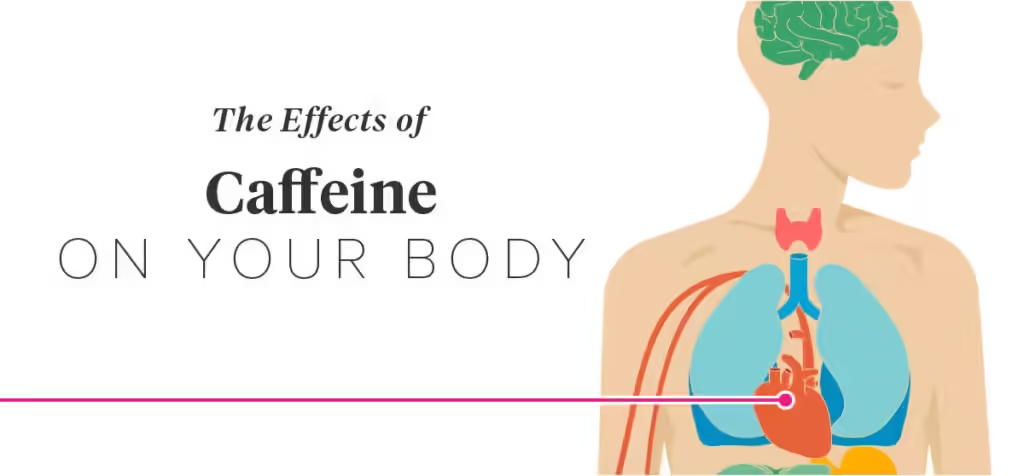
Benefits of Caffeine
- Increased Alertness and Focus: Caffeine is well-known for its ability to enhance alertness and concentration. By blocking adenosine receptors in the brain, caffeine prevents drowsiness and helps you stay awake and focused. This is why many people start their day with a cup of coffee or a shot of blonde espresso.
- Improved Physical Performance: Caffeine has been shown to improve physical performance by increasing adrenaline levels and breaking down body fat, making fatty acids available as energy. This can be particularly beneficial for athletes or anyone engaging in physical activity.
- Antioxidant Properties: Coffee is rich in antioxidants, which help combat oxidative stress and reduce inflammation. These antioxidants can contribute to overall health and may protect against certain diseases. Blonde espresso, with its lighter roast, retains more of these antioxidants compared to darker roasts.
Potential Downsides of High Caffeine Intake
- Anxiety and Restlessness: While caffeine can enhance alertness, excessive consumption can lead to anxiety, jitteriness, and restlessness. This is especially true for individuals sensitive to caffeine. It’s important to monitor your intake to avoid these adverse effects.
- Sleep Disruption: Caffeine can interfere with sleep by blocking the neurotransmitters that promote sleepiness. Consuming high levels of caffeine, especially later in the day, can disrupt sleep patterns and lead to insomnia. If you’re prone to sleep issues, opting for lower-caffeine beverages or limiting your caffeine intake in the afternoon and evening is advisable.
- Digestive Issues: Caffeine stimulates the production of stomach acid, which can cause digestive discomfort in some people. High caffeine intake may lead to acid reflux or exacerbate conditions like gastroesophageal reflux disease (GERD).
- Dependence and Withdrawal: Regular consumption of caffeine can lead to physical dependence. Abrupt cessation can result in withdrawal symptoms such as headaches, fatigue, and irritability. Gradually reducing caffeine intake can help mitigate these symptoms.
Balancing Caffeine Intake
Moderation is key when it comes to caffeine consumption. For most adults, up to 400 milligrams of caffeine per day is considered safe, which equates to about four 8-ounce cups of brewed coffee or five shots of blonde espresso. However, individual tolerance can vary, and it’s important to listen to your body and adjust your intake accordingly.
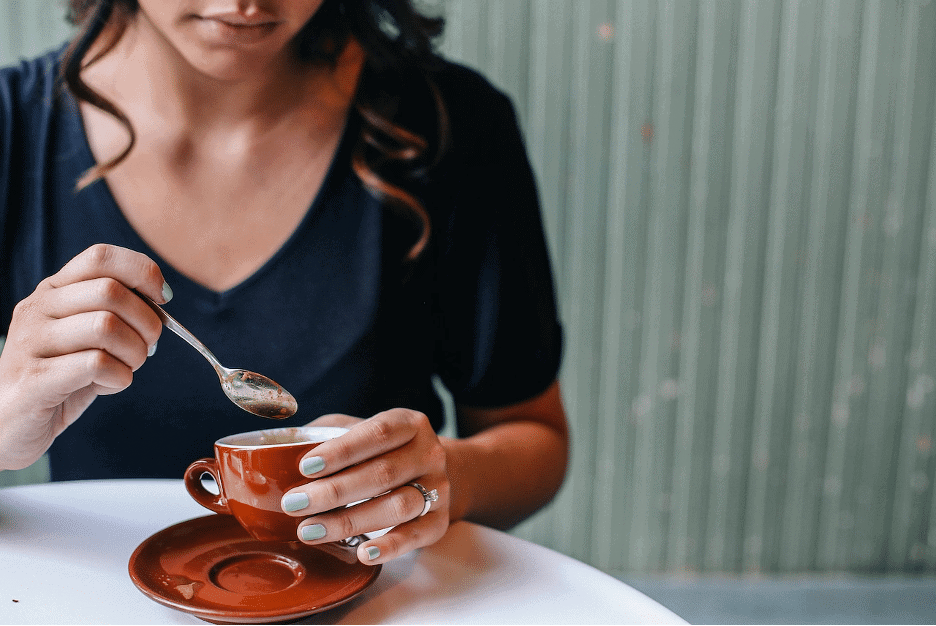
How to Brew the Perfect Blonde Espresso
Brewing the perfect blonde espresso requires attention to detail to ensure you maximize its unique flavors and manage caffeine extraction. Whether you’re a seasoned barista or a home coffee enthusiast, here’s a step-by-step guide to help you get the best out of your blonde espresso beans.
Step 1: Choose High-Quality Beans
Start with high-quality blonde espresso beans. Look for beans that are labeled as lightly roasted or blonde roast, typically sourced from regions like Latin America and East Africa, known for their bright and acidic profiles. Freshness is key, so try to use beans that have been roasted within the past two weeks.

Step 2: Measure and Grind
For a single shot of blonde espresso, measure out 18-20 grams of coffee beans. The grind size should be fine, similar to table salt, but slightly coarser than for regular espresso due to the lighter roast. A consistent grind is crucial for even extraction, so use a burr grinder if possible.
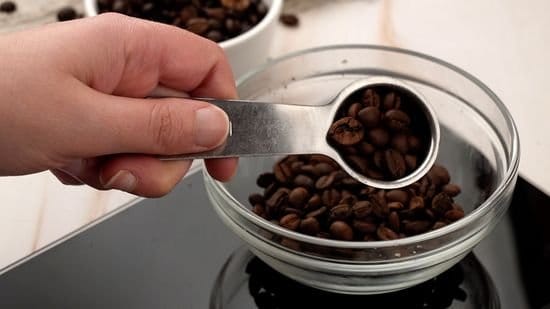

Step 3: Prepare Your Espresso Machine
Ensure your espresso machine is clean and properly heated. Run a blank shot (without coffee) to warm up the portafilter and group head. This helps maintain a stable brewing temperature, which is essential for extracting the delicate flavors of blonde espresso.
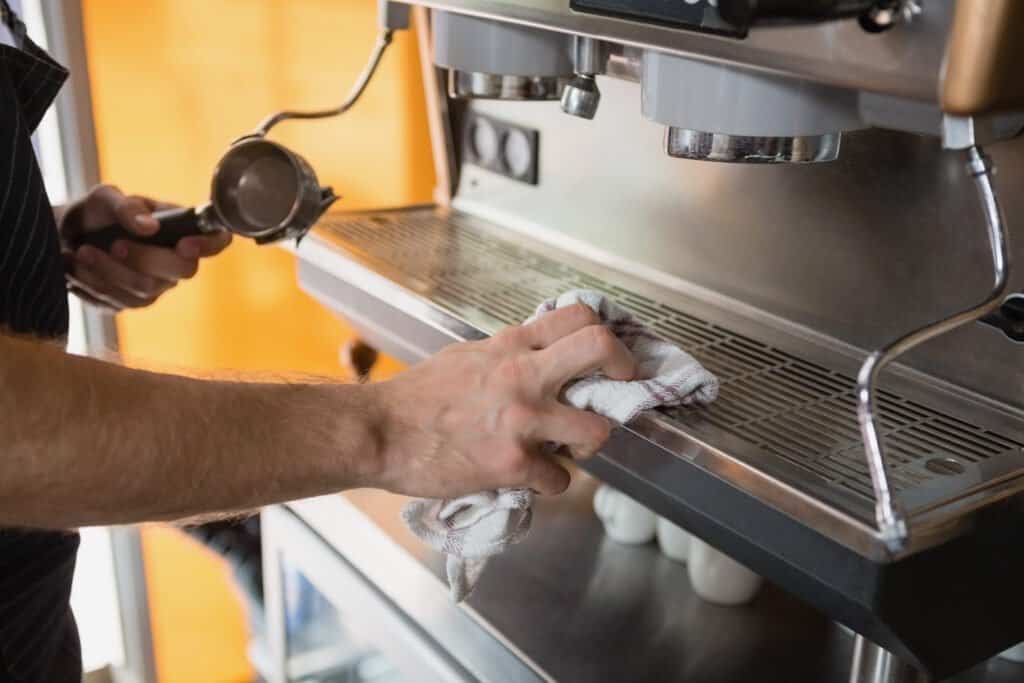
Step 4: Dose and Tamp
Transfer the ground coffee to the portafilter and distribute it evenly. Use a tamper to press the coffee grounds down with consistent pressure. A level tamp ensures even extraction and prevents channeling, where water flows through the coffee unevenly.
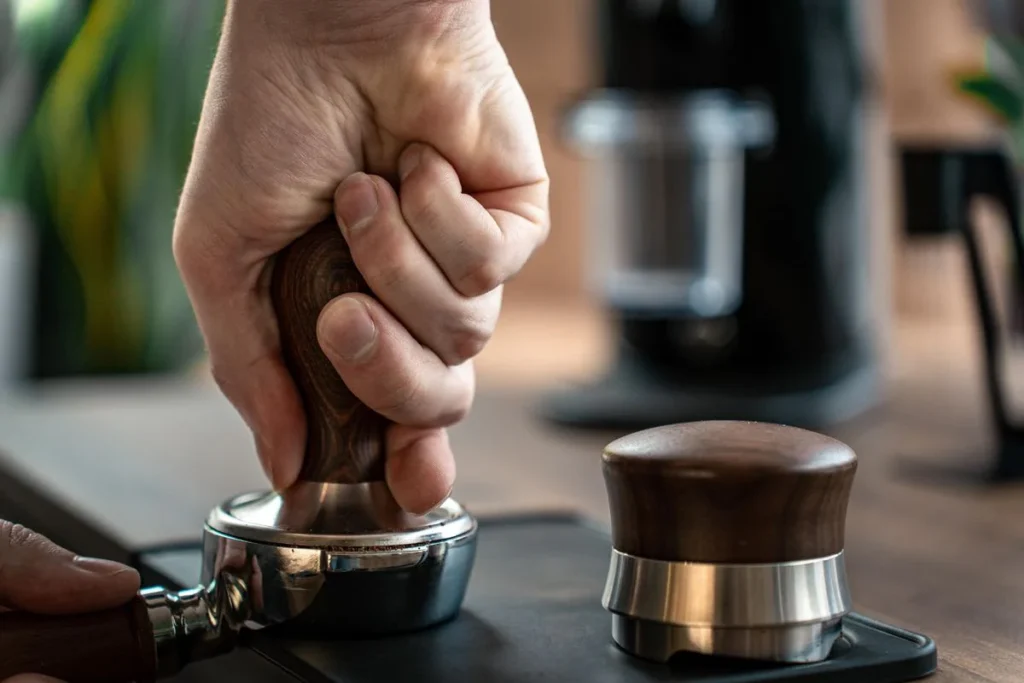
Step 5: Brew
Lock the portafilter into the group head and start the extraction. Aim for a shot time of 25-30 seconds. The ideal shot should yield about 1.5-2 ounces of espresso. If the shot time is too short, the grind may be too coarse; if it’s too long, the grind may be too fine. Adjust accordingly for the next shot.

Step 6: Taste and Adjust
Taste your blonde espresso. You should notice bright, citrusy, and floral notes with a smooth, mellow body. If the flavor is too sour, it may be under-extracted, indicating you need a finer grind or longer extraction time. If it’s too bitter, it may be over-extracted, suggesting a coarser grind or shorter extraction time.
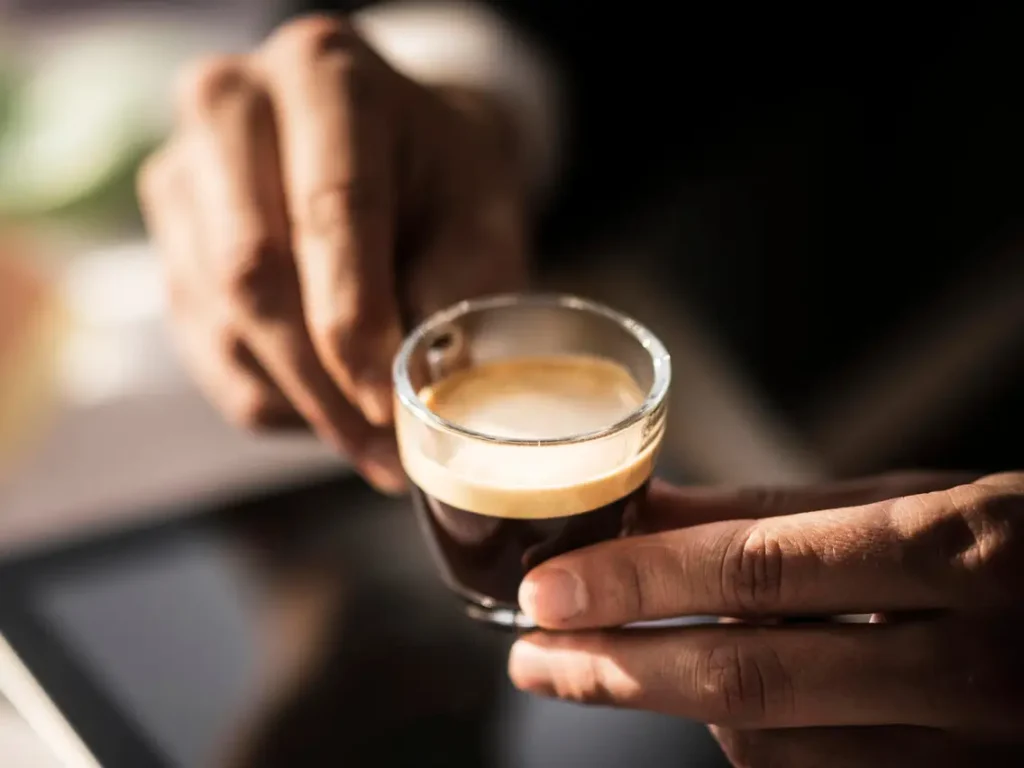
Tips for Maximizing Flavor and Managing Caffeine Extraction
- Water Temperature: Use water between 195-205°F (90-96°C) to ensure optimal extraction. Water that’s too hot can over-extract and burn the coffee, while water that’s too cold can under-extract, resulting in a sour taste.
- Pre-Infusion: Allow a few seconds of pre-infusion, where water lightly wets the coffee grounds before full pressure is applied. This helps to bloom the coffee and promotes even extraction.
- Clean Equipment: Regularly clean your espresso machine, grinder, and other tools to prevent residue buildup that can affect the taste of your coffee.
FAQs
Yes, blonde espresso typically has slightly more caffeine than regular espresso due to the shorter roasting time, which preserves more of the bean’s caffeine content.
Absolutely! Blonde espresso beans can be used to make a variety of coffee drinks, including lattes, cappuccinos, and iced coffees. Their lighter flavor profile pairs well with milk and syrups.
Blonde espresso retains more antioxidants due to its lighter roast, which can offer certain health benefits. However, the overall health impact of coffee depends on individual factors and consumption habits.
Blonde espresso can be more acidic due to its light roast, which preserves the bean’s natural acidity. This contributes to its bright and tangy flavor profile.
Disclosure: Our blog contains affiliate links to products. We may receive a commission for purchases made through these links. However, this does not impact our reviews and comparisons. We try our best to keep things fair and balanced, in order to help you make the best choice for you.


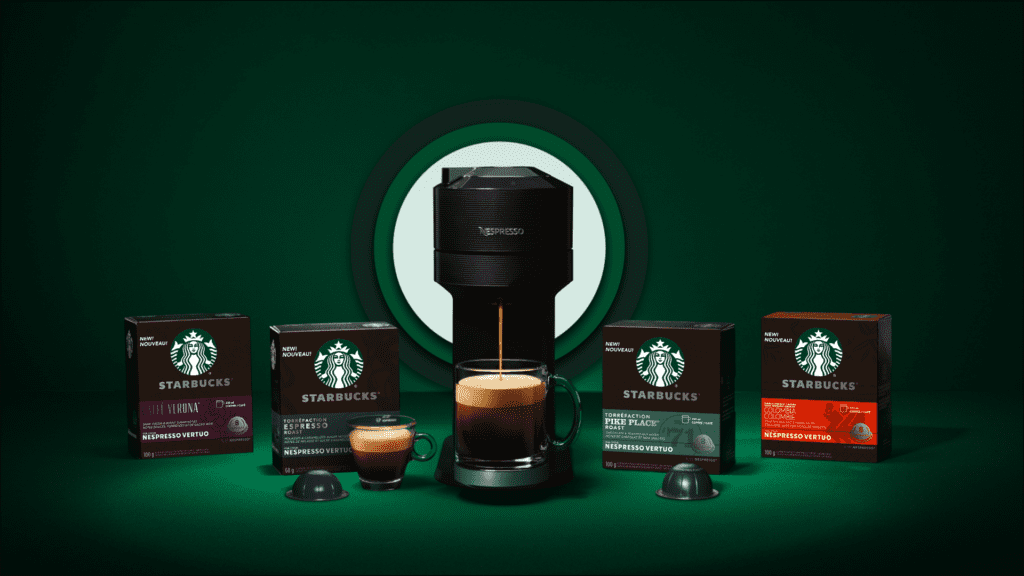
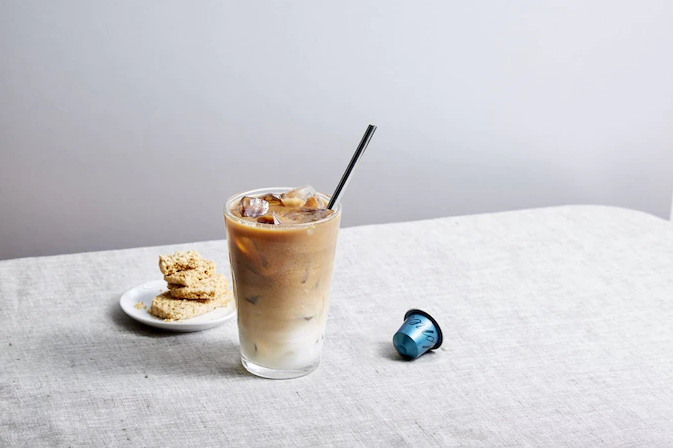


3 Responses